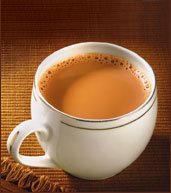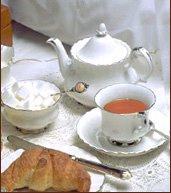India is the largest producer of black tea and most of it comes from Assam the NE state of India. Assam produces various type of black varieties most of which are consumed at home and exported to many countries.
Though tea is a product of same plant Camellia sinensis many different variants of the plant occur in different regions of the World. These variants or sub species have their own distinct flavor and aroma along with other characteristics. Many popular tea brands contain blends of Assam tea leaf.
Assam tea was discovered by Robert Bruce in the mountains of Rangpur, erstwhile capital of the Assam. The discovery gave the British a chance to cultivate tea in India as an alternative to expensive tea imports from Chinese mainland.
Under the then Governor General of India, Lord William Bentick a committee was formed in 1834 to cultivate and produce leaf from the indigenous tea plant recently discovered. Tea plantation in the Indian state of Assam was not much difficult as the plant was growing freely in the forests of Assam.
It was not till some time that Assam black tea was tried and tested and eventually exported to UK. But soon after this Assam leaf was on its way to never ending journey of being the most popular black leaf in the World. Assam variety is consumed using many recipes in India and the World. It is inseparable part of Masala chai which is gaining popularity Internationally for its taste and medicinal properties.
There are more than 800 tea gardens in Assam that provide large scale employment and contribute to Indian economy.
Though tea is a product of same plant Camellia sinensis many different variants of the plant occur in different regions of the World. These variants or sub species have their own distinct flavor and aroma along with other characteristics. Many popular tea brands contain blends of Assam tea leaf.
Assam tea was discovered by Robert Bruce in the mountains of Rangpur, erstwhile capital of the Assam. The discovery gave the British a chance to cultivate tea in India as an alternative to expensive tea imports from Chinese mainland.
Under the then Governor General of India, Lord William Bentick a committee was formed in 1834 to cultivate and produce leaf from the indigenous tea plant recently discovered. Tea plantation in the Indian state of Assam was not much difficult as the plant was growing freely in the forests of Assam.
It was not till some time that Assam black tea was tried and tested and eventually exported to UK. But soon after this Assam leaf was on its way to never ending journey of being the most popular black leaf in the World. Assam variety is consumed using many recipes in India and the World. It is inseparable part of Masala chai which is gaining popularity Internationally for its taste and medicinal properties.
There are more than 800 tea gardens in Assam that provide large scale employment and contribute to Indian economy.




